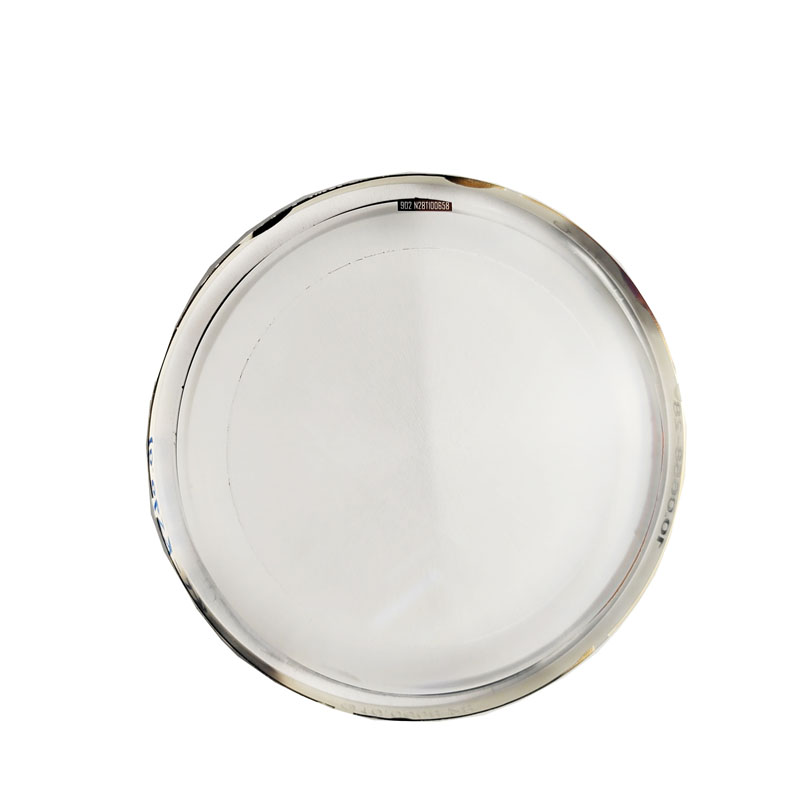Why Are CGH Null Correctors Essential in High-Precision Optical Testing?
2025-10-22
In the field of optical metrology, CGH Null Correctors play a crucial role in achieving precise surface measurements of aspherical lenses and mirrors. As optical components become increasingly complex, traditional interferometric methods alone can no longer ensure the accuracy required for advanced systems like telescopes, lithography optics, and laser systems. That's where CGH (Computer-Generated Hologram) technology steps in. By using phase-encoded holograms, these correctors transform a reference wavefront into a shape that perfectly matches the ideal optical surface under test. This ensures that even the most sophisticated optical forms can be measured with sub-nanometer precision.
What Are CGH Null Correctors?
A CGH Null Corrector is a precision optical testing device that uses a computer-generated hologram to produce a customized wavefront. This wavefront compensates for the aspherical or freeform deviations of an optical surface, allowing an interferometer to measure its form error directly.
These correctors are indispensable in verifying optical performance during the manufacturing process. They are designed according to the specific geometry of the optical element being tested, ensuring that every measurement reflects true surface deviations rather than system errors.
Key Features of CGH Null Correctors:
-
Custom-designed for each optical surface geometry
-
Sub-nanometer measurement precision
-
High compatibility with standard interferometers
-
Compact, stable, and durable design
-
Low thermal expansion and environmental sensitivity
How Do CGH Null Correctors Work?
When integrated into an interferometric system, the CGH plate converts a reference beam into a wavefront that matches the nominal shape of the optical surface under test. The interference pattern generated between the reference and test beam reveals surface deviations.
Here's a simplified table explaining the working process:
| Step | Process Description | Output |
|---|---|---|
| 1 | Input reference beam enters the interferometer | Coherent light source |
| 2 | CGH plate modifies wavefront shape | Custom test beam |
| 3 | Interference occurs on optical surface | Interference fringes |
| 4 | Data is analyzed by software | Surface error map |
Why Are CGH Null Correctors So Important?
The importance of CGH Null Correctors lies in their ability to eliminate alignment errors and enable direct, accurate verification of non-spherical surfaces. For high-end optical systems like space telescopes, any deviation beyond nanometer levels can lead to catastrophic performance loss. CGH technology ensures that testing accuracy meets or exceeds international standards, supporting the development of next-generation optical systems.
At Ningbo Zhixing Optical Technology Co., Ltd., we specialize in designing and manufacturing customized CGH Null Correctors. Our engineering team uses advanced simulation and holographic etching technologies to ensure the holograms we produce meet the strictest quality criteria in precision optics.
Q&A: Understanding CGH Null Correctors
Q1: Why do I need a CGH Null Corrector for aspherical lens testing?
A1: Because standard interferometers only provide accurate results for spherical surfaces. A CGH Null Corrector modifies the reference beam to match the asphere's shape, allowing accurate testing of non-spherical optics.
Q2: What factors determine the accuracy of CGH Null Correctors?
A2: The accuracy depends on hologram fabrication precision, substrate stability, and calibration quality. At Ningbo Zhixing Optical Technology Co., Ltd., we use ultra-precision lithography and phase-correction algorithms to guarantee minimal phase error.
Q3: How can I ensure my CGH Null Corrector stays reliable over time?
A3: Regular calibration and controlled storage conditions are essential. Our company provides after-sales support and maintenance services to ensure every CGH Null Corrector maintains long-term stability and accuracy.
Performance and Technical Parameters
| Parameter | Specification |
|---|---|
| Wavefront Accuracy | < λ/20 RMS |
| Surface Quality | 10–5 Scratch-Dig |
| Substrate Material | Fused Silica / Zerodur |
| Operating Wavelength | 532 nm / 633 nm (customizable) |
| Working Temperature | 20 ± 1°C |
| Lifetime | > 10 years with proper maintenance |
Applications of CGH Null Correctors
-
Astronomical telescopes: Testing primary and secondary mirrors
-
Semiconductor lithography: Calibration of projection optics
-
Defense optics: High-precision laser mirrors
-
Medical devices: Precision aspherical lenses
-
Aerospace engineering: Large-diameter optical surfaces
With these wide-ranging applications, it's clear that CGH Null Correctors are not just an accessory but a necessity for achieving optical excellence.
Conclusion
In modern optical metrology, CGH Null Correctors stand as the key to precision, efficiency, and innovation. As someone who has worked closely with optical testing systems, I believe this technology represents a vital bridge between design and real-world performance. At Ningbo Zhixing Optical Technology Co., Ltd., we are dedicated to pushing the limits of optical testing accuracy with our cutting-edge CGH solutions.
If you're looking to enhance the reliability and precision of your optical testing setup, contact us today to discuss a tailored CGH Null Corrector solution that fits your exact technical requirements.



